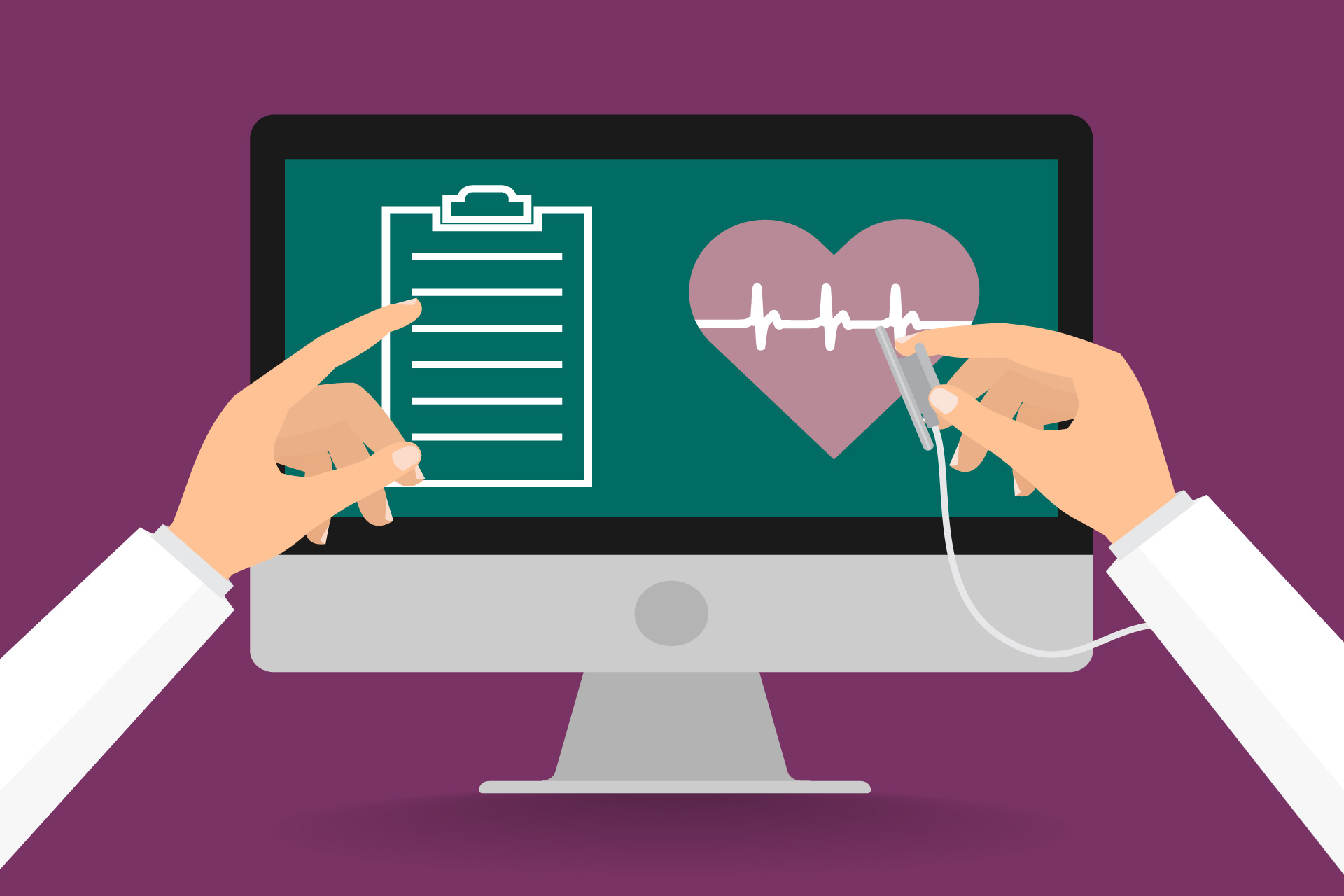Doctor’s visits are probably high on your list of Things You Dread. I feel like I’m bending over backwards scheduling for a doctor’s appointment, not to mention the long visit itself. Something I am thankful for, however, is the peace of mind that I can see a doctor that will not discriminate me for my gender identity.
Being a woman isn’t easy, but without a doubt, a ciswoman has an easier time getting medical care than a transgender woman. Moreover, I pass at least four clinics on my daily commute. Rural areas have a different story.
Before continuing, I’d like to clarify that according to the American Psychological Association and National Association of School Psychologists in 2015, transgender specifically describes “gender identity wherein one’s assigned biological sex doesn’t match their felt identity” and is not the only nonconforming gender identity. Others include agender, nonbinary and gender fluid.
Although the transgender community is fairly present of the United States’ population — consisting of nearly 1.4 million as of 2016 — that does not inherently mean transgender people are comfortable with coming out to their community, especially in the rural towns where a support circle in their own town may be far-fetched. In fact, they have a difficult time getting the primary care they need or finding a doctor they prefer to visit.
A study from the National Center for Biotechnology Information revealed that long travel times reduces the rural patients — cisgender and transgender, but more exaggerated in the transgender community — the ability to utilize primary care clinics.
In the small towns where everyone knows each other, transgender people have a fear of discrimination from their doctors as well as their neighbors. It’s not encouraging to be outted by your neighbors, let alone be denied the treatment you need because your name or gender identity does not match the sex on your legal documents.
It makes sense why some transgender patients in the rural area drive the extra hour for a doctor’s appointment, even if it’s just for the annual check-up if they can find an alternative to their main provider.
Thankfully, transgender patients in the southeastern United States do not have to look for an alternative and drive out to another part of the city or another town.
Dr. Izzy Lowell from QMed, short for QueerMed, is a gender non-conforming family practitioner that bases her care in Atlanta, GA and she uses telemedicine — the ability to communicate medical data over long distance — to reach out to patients in the southeastern United States since May 2017.
QMed is Dr. Lowell’s nonconventional medical practice of telemedicine resolves the main concerns of gender nonconforming patients, such as addressing the privacy and respecting their identity in a doctor’s visit.
Rather than flying in from another state or trying to find the time in the doctor’s and patient’s schedules, the patient can simply sit in their room with a webcam and Dr. Lowell conducts the visit through her computer with headphones and white noise machines. Although her practice is available through video conference, patients are still able to visit in person.
Although telemedicine popularized in the 1960s as a way to take care of astronauts in space and Indians on their reservations, telemedicine as we know it kicked off in the 1990s paralleling the rise of the Internet.
Nowadays, there are three main methods of telemedicine: store-and-forward, remote monitoring and live interactive. Dr. Izzy Lowell utilizes live interactive telemedicine, which may be a private phone call or a video conference between a doctor and their patient instead of the in-person visit to an office.
With just a webcam and a reliable Internet connection, transgender patients in the southeastern United States have an easier time seeking hormone therapy and talking to a doctor that has an in-depth knowledge about transgender health.
They simply first need to schedule an in-person visit first, since the therapy treatment requires an in-person visit once every 12 months. Luckily, Dr. Lowell hasn’t run into a lot of major issues with the visits and live interactive telemedicine conferences. Patients freely discuss their therapy and other needs, such as a gender maker change, in their own space with Dr. Lowell.
While hormone therapy is a crucial part of her practice, Dr. Lowell may also issue a letter for gender marker change. A gender marker change is a process to change the person’s biological sex to one they identify on legal documents, such as passports and driver’s license. The process varies from state to state, but there are websites like Transline that tailor quick information about the process of a name change and gender marker change.
Moreover, Dr. Lowell is not able to use telemedicine as a method to provide primary care for her transgender patients. Instead, she suggests patients visit Ponce Primary Care, which has been reputable of being respectful of its patients since 2008.
Although Dr. Lowell’s nonconventional method of telemedicine for her patients is not all-encompassing, she does succeed in a rather difficult area of expertise.
First off, she has not experienced many major hiccups with telemedicine. Perhaps whatever she is doing right with what she is learning along the way can act as a blueprint for other doctors to provide a similar service for their patients. This may not apply to primary care, but definitely for discussing medication effects that can be wrapped up in about ten minutes.
More importantly, Dr. Lowell’s telemedicine could start a trend of broader networks of specialized doctors and closeted transgender people seeking hormone therapy. Dr. Lowell’s started it when she included suggestions on her website of who to go for primary care, therapy or surgery.
There may be rough edges, such as not all the information transfers from one doctor to another or not taking certain insurances, but they can be smoothed over when telemedicine is more commonly practiced.

















